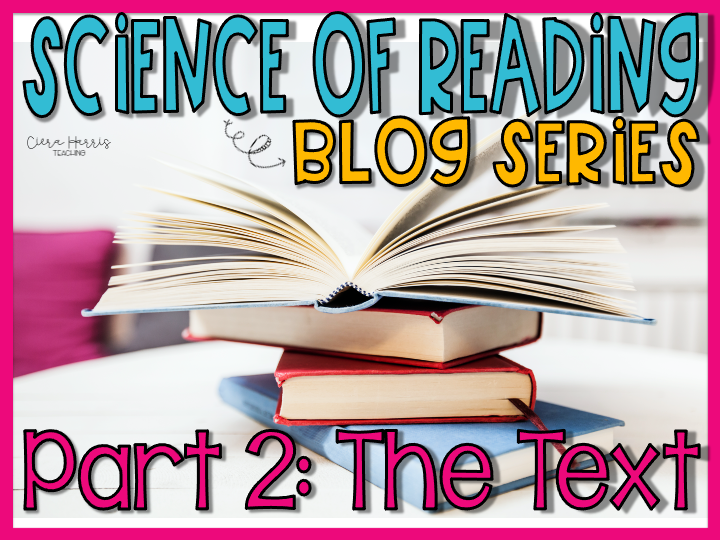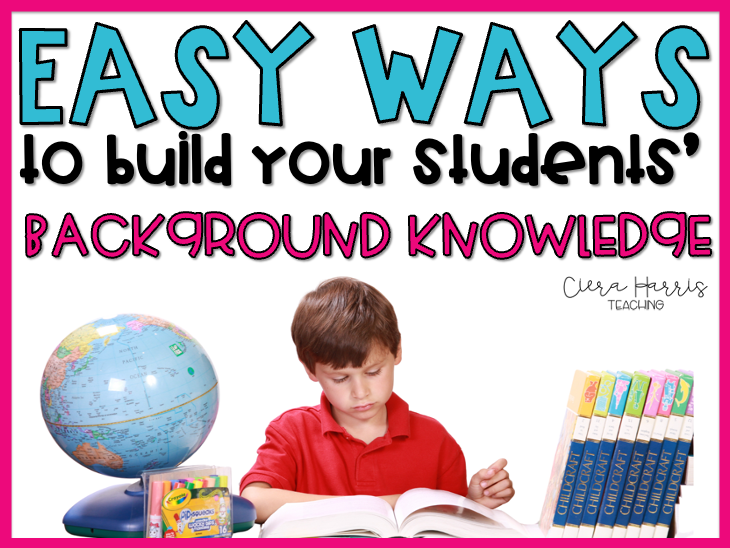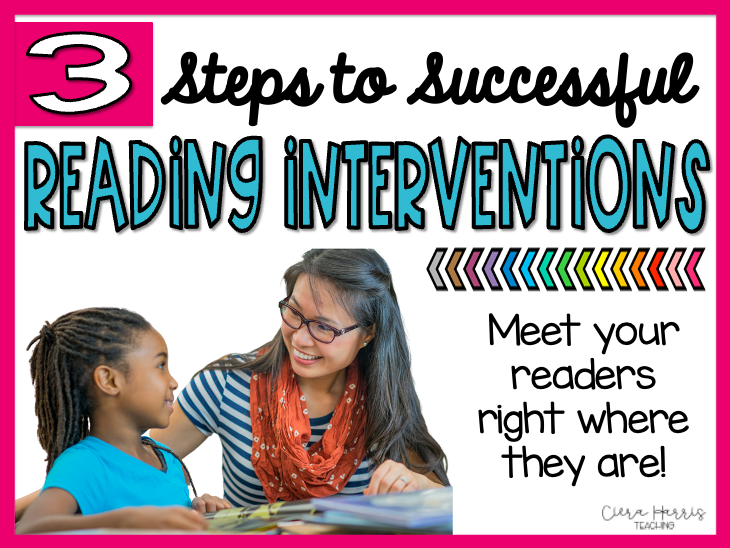Have you ever assigned a text, book, or passage without actually reading it first? I’m going to be completely honest and say I have! Teachers are so busy, and it used to be okay to assign some type of text to elementary students without previewing it. However, this can’t fly anymore! We have to know what is within the text being assigned to students. While we may hope it is okay since the author wrote it for elementary students, we have to double-check and read the text ourselves. So, let’s travel on to the SOR Series: The Text Part 2! Our Science of Reading Strategies Series, “The Reader, The Text, and The Task,” will ensure we are supporting, scaffolding, and helping students succeed.
Want to watch the video instead? Check it out below! Make sure to subscribe to get updates on all new content!
Understanding the Text
Before assigning any text to students, it must go through a teacher check. This means we have to read it first! Yes, every page. So, say goodbye to going to ReadWorks, quickly finding a passage, and reading it for the first time with students. While you once may have said, “Oh, I’ll read it with them and be able to come up with questions as we go,” this doesn’t work anymore. Instead, we need to read it first because there is so much we need to think about to provide the right support! We need to plan the right task, the right type of questions, and make sure the text is actually what we need.
Aligning Text with Educational Objectives
Now that we know we must read the text before choosing it for a lesson, let’s break down how we analyze it. This is also important to ensure we select the right text for the right lesson based on our objectives and student needs.
1. Phonemic Awareness and Phonics
When following Science of Reading strategies, teachers must assess the phonemic awareness and phonics elements that are present. This includes identifying different phonemes (individual sounds) and graphemes (letters or letter combinations). Analyzing this allows teachers to know the text is appropriate for students based on their decoding and word recognition skills. We won’t know if the text is appropriate when it comes to phonemes, graphemes, phonemic awareness, and phonics without reading it.
2. Vocabulary
Teachers need to consider the vocabulary difficulty level of the text. So, we need to identify words that are challenging and pre-teach those. Students need different explanations of them to ensure they understand them when reading. Additionally, teachers need to identify words that students will need a quick example or definition of before moving on. Honestly, vocabulary instruction is crucial for comprehension! So, identifying these words while reading the books ourselves will help students build comprehension.
3. Text Structure and Genre
I’m going to lump these two together. Since different genres have distinct features and organizational structures, we need to analyze them! This may be identifying the components of a great mystery, such as clues and a problem to solve, or understanding the layout of a narrative. Honestly, text structure is the biggest, most influential piece that students need to understand to truly retain information. So, we must read the text to understand the structure as we plan to support students.
4. Background Knowledge
We cannot support our students’ schema if we don’t know what background knowledge to build. So, teachers need to consider the student’s prior knowledge and experiences that are related to the topic of that text. They need to plan ways to activate relevant background information and help students connect new information. Students need meaningful connections to what they already know to build their overall comprehension and engagement.
5. Text Complexity
The Science of Reading strategies emphasize the importance of selecting texts that match students’ current reading abilities. So, we must analyze the text complexity for different components, such as syntax, vocabulary, sentence structure, and overall content. The goal is to provide a text that challenges students while still being accessible. We cannot know if this is true without reading it first.
6. Comprehension Strategies
If we are not analyzing the text, how do we know what strategies students are going to need to comprehend it? Sometimes, students don’t need to visualize, and sometimes, they don’t need to determine importance. Not every strategy is necessary for every single text. So, teachers should read and identify the comprehension strategies that students need to apply while they’re reading that text. These strategies include things like making predictions, asking questions, making connections, summarizing, and visualizing. Thankfully, teaching students to use these strategies enhances their understanding and engagement with the text. By prereading the text, we can determine which strategies are appropriate to focus on.
Using The Day You Begin is an amazing lesson to use along with The Day You Begin book when focusing on making connections!
7. Fluency
Teachers need to consider the fluency demands of the text. If students cannot fluently read the text, they cannot talk about it. So, analyzing the sentence structure and overall rhythm helps teachers guide students.
8. Cultural Relevance
It’s important for teachers to analyze whether or not the text is culturally relevant and inclusive for their students. Texts can reflect diverse perspectives and lots of different experiences. So, they can engage students and make reading a lot more meaningful. Even the smallest component can be something that completely provides a roadblock for your students. Additionally, something as simple as housing structures or students who do not live with mom and dad helps build cultural relevance. By prereading the text, we can ensure we are analyzing it with different lenses and providing any needed support to students.
Be sure to check out For the Right to Learn Lesson and grab For the Right to Learn book!Students will love learning about Malala Yousafzai and her fight for education.
9. Purpose for Reading
This is a big one! We need to make sure students feel and know their purpose for reading a text. So, teachers should have a very clear understanding of the purpose of why students are reading it. For instance, it may be to gather information, analyze arguments, or to simply enjoy the story. When students know the purpose, it helps them interact more deeply with the text.
If you are working on theme, check out The Book of Gold Theme Lesson and The Book of Gold! It follows the Science of Reading strategies and includes an amazing picture book lesson plan.
10. Guiding Questions and Activities
We cannot prepare guiding questions and activities without reading the text first. Honestly, the lessons we create are a fantastic way to scaffold students’ comprehension and engagement. By aligning the text’s content and your overall learning objectives, students will build so much knowledge.
Teachers are always working hard to do better. Since students and their needs change every year, this is essential! Hopefully, the SOR Series: The Text Part 2 helps you build the habit of intentionally finding the right text for students. With these Science of Reading strategies, we can find ones that align with our purpose and readers. Students will love learning under such an excellent, caring teacher!
Check out the rest of the SOR series!
If you do not want to miss any of the upcoming lessons, join my email list to be notified of all the interactive lessons coming up! By joining the email list, you will receive freebies for blog exclusive subscribers!










